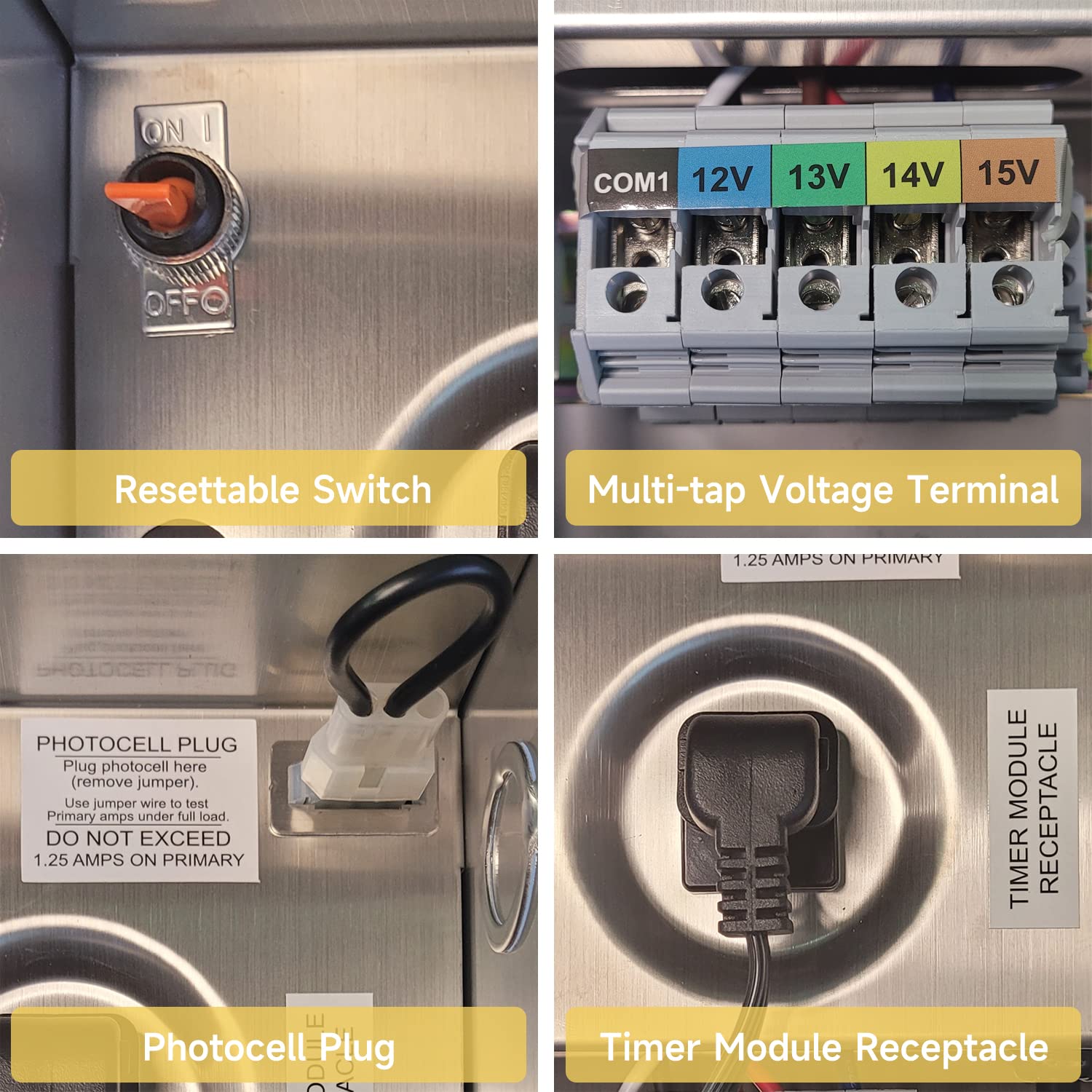When it comes to illuminating outdoor spaces, eco-friendly landscape lighting has become increasingly popular. Not only does it reduce energy consumption, but it also minimizes the environmental impact. In this article, we will explore the various methods and technologies used to convert electricity for sustainable illumination, providing a comprehensive understanding of this innovative approach to outdoor lighting.

The Importance of Eco-friendly Landscape Lighting
Eco-friendly landscape lighting is essential for reducing energy consumption and minimizing the carbon footprint associated with outdoor illumination. By utilizing sustainable methods to convert electricity for lighting, we can significantly reduce the environmental impact while still achieving beautiful and functional outdoor spaces.
Converting Electricity with Solar Power
One of the most popular methods for eco-friendly landscape lighting is the use of solar power. Solar-powered lights harness energy from the sun during the day and store it in rechargeable batteries to power the lights at night. This sustainable approach eliminates the need for traditional electricity and reduces the overall energy consumption of outdoor lighting.
Utilizing LED Technology for Energy Efficiency
Another key component of eco-friendly landscape lighting is the use of LED technology. LED lights are highly energy-efficient, consuming significantly less electricity than traditional incandescent bulbs. By incorporating LED technology into outdoor lighting, we can further reduce energy consumption and minimize the environmental impact of illumination.
Overall, eco-friendly landscape lighting offers a sustainable and environmentally conscious approach to illuminating outdoor spaces. By converting electricity using methods such as solar power and LED technology, we can achieve beautiful and functional outdoor lighting while minimizing energy consumption and reducing our carbon footprint.







